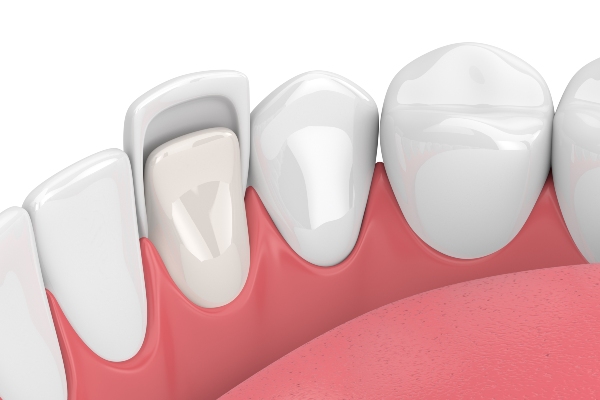 Teeth whitening treatments are among the most popular cosmetic dental services. These treatments are effective on most types of stains and can significantly improve the whiteness of your teeth. An in-office whitening session can improve teeth color by up to eight shades.
Teeth whitening treatments are among the most popular cosmetic dental services. These treatments are effective on most types of stains and can significantly improve the whiteness of your teeth. An in-office whitening session can improve teeth color by up to eight shades.
Frequently asked questions about teeth whitening cosmetic dental services
For patients thinking about whitening their teeth, here are the answers to a few of the questions that they might have.
1. What’s the difference between professional teeth whitening and using a whitening product sold at drugstores?
The whitening products used for in-office whitening treatments are significantly more concentrated than the products sold over the counter (OTC). These powerful bleaching agents are meant to be used under the supervision of a dentist. A single whitening treatment can get better results than a couple of months of regularly using OTC teeth whiteners.
2. What is the active ingredient in the products used?
Teeth whitening products typically contain compounds like hydrogen carbamide and hydrogen peroxide as their active ingredients. The molecules of these compounds penetrate the inner layers of teeth, oxidizing stains and discoloration. A laser can be used to agitate these molecules and speed up the process.
3. What does an in-office whitening session look like?
The patient’s mouth is evaluated before clearing them for teeth whitening. Issues like tooth decay and gum disease are addressed if detected because they can lead to complications after whitening treatments, like permanent damage to teeth structures.
Teeth cleaning might be performed if the patient is due for the treatment and an impression of the patient’s mouth can be taken. The impression is used to create a custom mouth tray for the whitening treatment. It takes up to two weeks for the custom mouth tray to get back to the dentist from the lab wehere it is made.
The patient comes in for their whitening treatment once the mouth tray is ready. Their teeth are cleaned, and the whitening product is poured onto the tray. The patient bites down on it and keeps it in their mouth for up to 90 minutes. The dentist rinses the patient’s mouth, and a fluoride treatment might be performed to help reduce teeth sensitivity (the most common side effect of whitening treatments).
4. How many whitening treatments will I need?
That comes down to how badly stained a patient’s teeth are. Many patients get their teeth as white as they want them to be after a single treatment, while others might need follow-up treatments to get there.
Teeth do not stay white forever even after whitening treatments, so maintenance treatments will be needed in the future as new stains start to form on teeth.
5. Are whitening treatments effective on all types of stains?
No, as teeth whitening treatments are most effective on stains caused by tobacco use, aging, and the tannins in foods and beverages. The bleaching agents used for these treatments are ineffective on stains caused by fluorosis, tetracycline antibiotics, and decay.
Get a brighter smile
Are you ready for a whiter smile? Give us a call or visit our Scottsdale clinic to set up an appointment with our dentist for cosmetic dental services.
Request an appointment or call Sonoran Desert Dentistry at 480-439-0117 for an appointment in our Scottsdale office.
Recent Posts
Cosmetic dental services can help improve the color of your teeth. Teeth start white, but they pick up stains as a person's life goes on. Some of these stains come from the coloring agents in the foods and beverages that we consume, while habits like using tobacco products cause others.Teeth can also become discolored as…
Various cosmetic dental services can be used to replace missing teeth, restoring the appearance of your smile. Most people lose at least one of their teeth at some point in their life, and it needs to be replaced as soon as possible. Bone tissues in the jaw start to break down when they stop getting…
Cosmetic dental services can restore the aesthetics of decayed, damaged, or deformed teeth. Teeth can become chipped due to their structures being weakened by tooth decay or due to trauma from a blow to the face.A severe chip that reaches the innermost layers of a tooth is classified as a dental emergency because it leaves…


